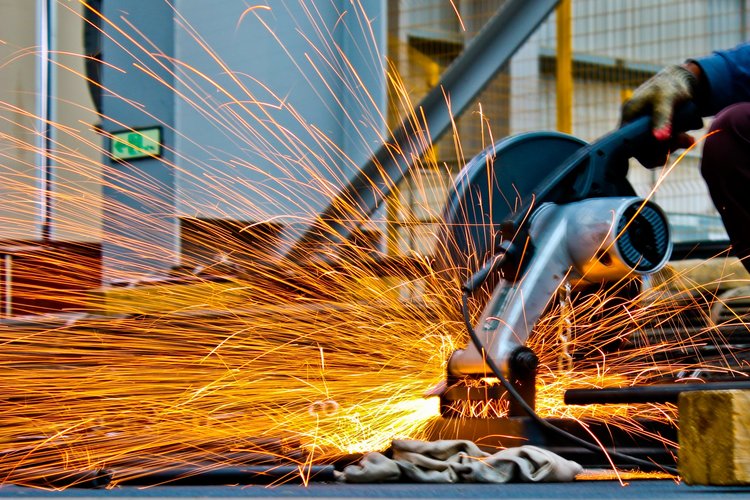A seamless blend of process control and automation in steel

State-of-the-art multi-disciplinary controllers can now handle all steel plant controls together, in a single integrated architecture. Historically, process control and discrete automation lived together peacefully in many steel plants, but no one ever thought to forge that relationship into a real union. The closest most distributed control systems (DCSs) came, was to assign sequential logic to traditional programmable logic controllers (PLCs) for tasks such as material handling or strip propulsion in direct reduction or other steel making and processing facilities.
This is because personal computers (PCs), RISC workstations and (in the old days) minicomputers’ mathematical process capabilities could handle such continuouscontrol functions as PID loops, data acquisition, and supervisory control with ease. However, these systems did not have the hardware capabilities, response speeds, operating systems, and software reliability for handling digital I/O.Hence, many distributed or supervisory process control systems used gateways to delegate their digital I/O tasks to reliable and fast PLCs.
Today, architectures that use gateways are no longer adequate for data transfer, since production data now has to seamlessly move from devices to enterprise management systems. Also due to increased market competition, steel producers and processors are facing increased pressure to cut costs, increase productivity, eliminate downtime, and reduce product changeover times. These tasks require multiple engineering and maintenance teams-each with its own I/O network, human-machine interfaces (HMIs), parts suppliers, and skill sets-addressing a different area of control and service. In addition to the cost of running these teams, communi cation and coordination barriers between process engineers, control engineers, maintenance personnel, and information technology (IT) departments are often subconsciously erected.
It is important for companies to use ERP (Enterprise Resource Planning), supply-chain management and asset management to integrate all aspects of a control system and unify its disparate parts. In spite of advances in networking, gateways and hardware interfaces, there is often no communication between ERP systems and the plant floor. Many legacy control systems use proprietary technology, making it virtually impossible for resource planning employees to obtain data for ERP purposes.
Most steel plant management teams do not have the internal knowledge and expertise to deal with multiple control systems and ERP connections. Therefore, steel plants need an open-control system that combines all aspects of process control and discrete automation. This way, end users can forget about interface problems, multiple teams, walls between disciplines, and the costburdens of carrying two or moresystems.
Steel plants continue to require the traditional functions of DCSs and PLCs, but their control functionalities need to work together. To address these integrated control issues openarchitectureand single multidisciplinary controller platforms have evolved. It defines a single integrated architecture to handle all logiccontrol requirements, including highspeed discrete, drives coordination, high-speed motion control and process control, supervising processes and controlling complex analog and batch applications.
With the multi-disciplinary platform, users have a common backplane, I/ O, and network, which support DCS-type functionality associated with controllers and PLC-type control. In this hybrid control system, process control and discrete control sit side-by-side in the same rack. And because this multi-disciplinary Control System share the same architecture, users achieve genuine short and long-term cost reductions because of reduced spare parts and fewer control, batch, network, I/O and HMI training needs.
Another advantage of this multidisciplinary controller is their built-in flexibility. They are used for running process and batch control, and for executing discrete control functions. They are built to handle any combination of sequential, drive or motion control and can handle analog process functions to cover plant-wide automation with seamless connectivity.